
The president and chief executive officer of Mapi Pharma discussed the positive phase 2 findings of a new formulation of glatiramer acetate to treat progressive forms of MS, as well as the long-term plans for the drug. [WATCH TIME: 5 minutes]

The president and chief executive officer of Mapi Pharma discussed the positive phase 2 findings of a new formulation of glatiramer acetate to treat progressive forms of MS, as well as the long-term plans for the drug. [WATCH TIME: 5 minutes]

The professor and chair of Psychiatry & Human Behavior at Wake Forest School of Medicine discussed the major talking points regarding sleep quality, sleep disorders, and late-life neurocognitive issues.

Endovascular therapy with alteplase was associated with lower morality, home discharge destination, greater likelihood to have no major disability, and ability to ambulate at discharge.

Through the StrivePD ecosystem and an Apple Watch, patients, including those who have been treated with Medtronics’ deep brain stimulation device, are able to track and log their symptoms.

After 24 weeks of treatment, the adjusted mean annualized relapse rates were 0.53 with placebo vs 0.39 and 0.48 for the 30- and 45-mg groups of IMU-838.

In the first NIH-backed study to evaluate an experimental prevention therapy in cognitively unimpaired persons at risk for Alzheimer disease, crenezumab showed small numerical, but not statistically significant differences compared with placebo.

After a protocol adjustment that disallowed the use of the antiemetic trimethobenzamide during dose-titration, adverse event data from an open-label study of apomorphine sublingual film (Kynmobi; Sunovion) suggest antinausea treatment might not be necessary.

The pharmacodynamic and pharmacokinetic effects of the novel Amneal Pharmaceuticals therapy suggest that it can overcome the current absorption and exposure limitations of the oral levodopa therapies used to treat those with Parkinson disease motor fluctuations.

Achieving greater diversity in study populations is a focus of increasing scrutiny, priority, and funding in all medical research, including studies enrolling individuals on the continuum of prodromal Alzheimer disease, mild cognitive impairment, and Alzheimer disease.

Here's what is coming soon to NeurologyLive®.
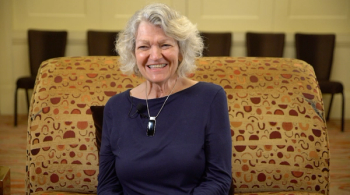
The semi-retired neurologist and consultant with the PMD Alliance offered her takeaways from the 2022 ATMRD Congress in Washington, DC, and her advice for younger clinicians getting into the field. [WATCH TIME: 3 minutes]

In a presentation at the 2022 ATMRD Congress, Rajesh Pahwa, MD, FANA, FAAN, spoke about the hope held for stem cell approaches and the potential to improve care with several therapies with possible approvals on the horizon.

Despite a less than favorable view of the pharmaceutical industry among the general population, there are still benefits to the work being done by clinicians who transition to this line of work according to the semi-retired neurologist and consultant with the PMD Alliance. [WATCH TIME: 2 minutes]
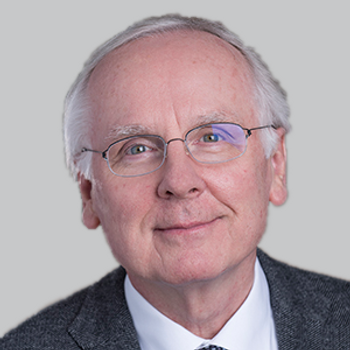
Data from a PMD Alliance survey of more than 700 individuals with PD or their care partners showed significant associations between decreased social support and exasperation of nonmotor and cognitive symptoms of PD.

Test your neurology knowledge with NeurologyLive®'s weekly quiz series, featuring questions on a variety of clinical and historical neurology topics. This week's topic is movement and related disorders.

A survey of more than 4000 individuals with PD and their caregivers suggests that almost 90% would be willing to use subcutaneous injectable therapies to control their disease, contrasting the current anecdotal belief of “needle phobia” in this population.
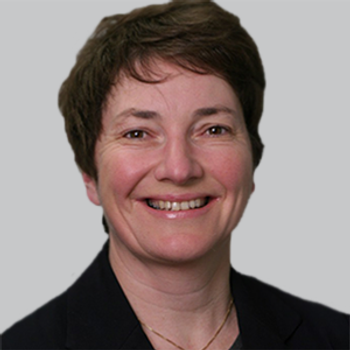
The study, expected to be completed in 2024, will look specifically at vocal abnormalities related to the early stages of Parkinson disease progression.

The semi-retired neurologist and consultant with the PMD Alliance discussed the importance of the patient care team and having multiple specialists and disciplines included in that process. [WATCH TIME: 2 minutes]
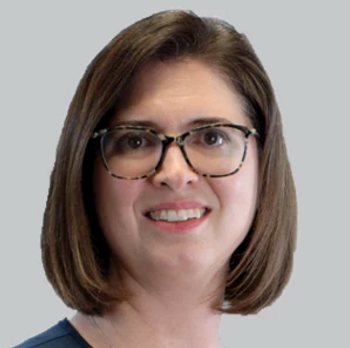
In a presentation at the 2022 ATMRD Congress, Jill Farmer, DO, MPH, outlined several novel options for the treatment of OFF episodes in Parkinson disease, and stressed the need for individualized approaches to maximize patient quality of life.

On average, those with cluster headache had 4.8 cranial autonomic symptoms compared with 2.7 for those with migraine, regardless of aura status.
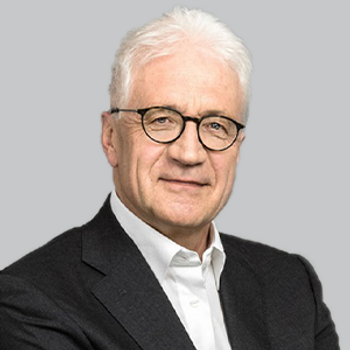
In a first, but indirect, comparison of the 3 available formulations of amantadine for the treatment of Parkinson disease, only the delayed-release/extended-release formulation (Gocovri) resulted in improvements in both in OFF time and dyskinesia.
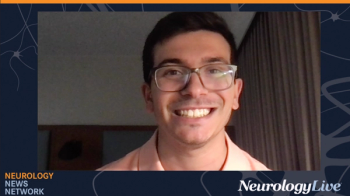
Neurology News Network for the week ending June 18, 2022. [WATCH TIME: 3 minutes]
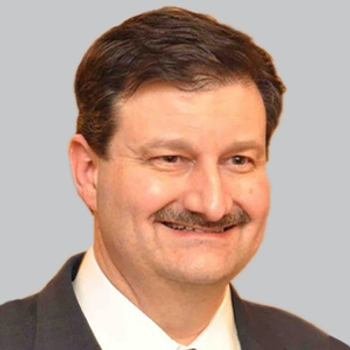
The agent will be evaluated in 2 pivotal trials of 225 patients requiring varying levels of assistance with daily living activities.

The semi-retired neurologist and consultant with the PMD Alliance shared her perspective on the progress that has been made in therapeutics for the treatment of movement disorders, and the role of social prescribing for these patients. [WATCH TIME: 3 minutes]

Members who voted no expressed that they would have liked to have seen results from an additional randomized controlled trial.

Take 5 minutes to catch up on NeurologyLive®'s highlights from the week ending June 17, 2022.

The investigators noted that the data on tolerability and efficacy support that treatment with opicapone among older adults with PD requires no age-related dose adjustments.
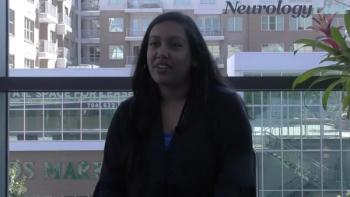
The graduate student at the University of Michigan provided insight on the ways to expand the current knowledge about the disparities among races and genders in sleep quality and long-term cognitive outcomes. [WATCH TIME: 3 minutes]
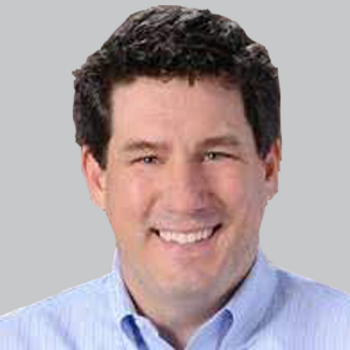
In the comparator study between ponesimod and teriflunomide, the risk of both 12- and 24-week confirmed disability accumulation at week 108 was significantly different between MAGNIMS score groups.
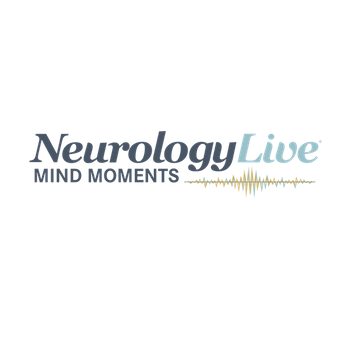
Mind Moments®, a podcast from NeurologyLive®, brings you exclusive interviews with Afsara Zaheed; Richard Bogan, MD, FCCP, FAASM; and Ruth Benca, MD, PhD. [LISTEN TIME: 18 minutes]